This playbook reveals five hidden pain points that keep product teams stuck in reactive mode, and the proven strategies that leading digital organizations use to break through.
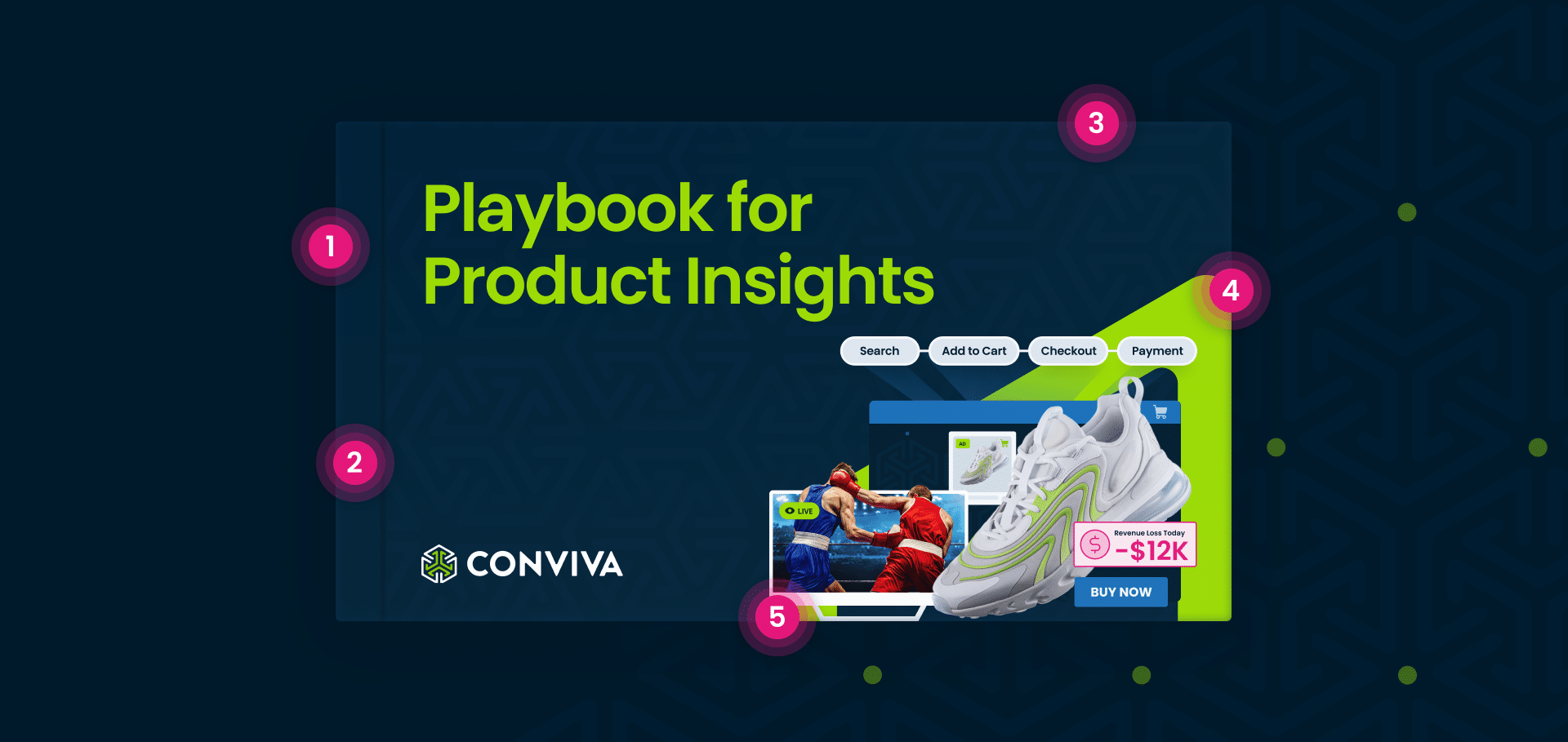

This playbook reveals five hidden pain points that keep product teams stuck in reactive mode, and the proven strategies that leading digital organizations use to break through.
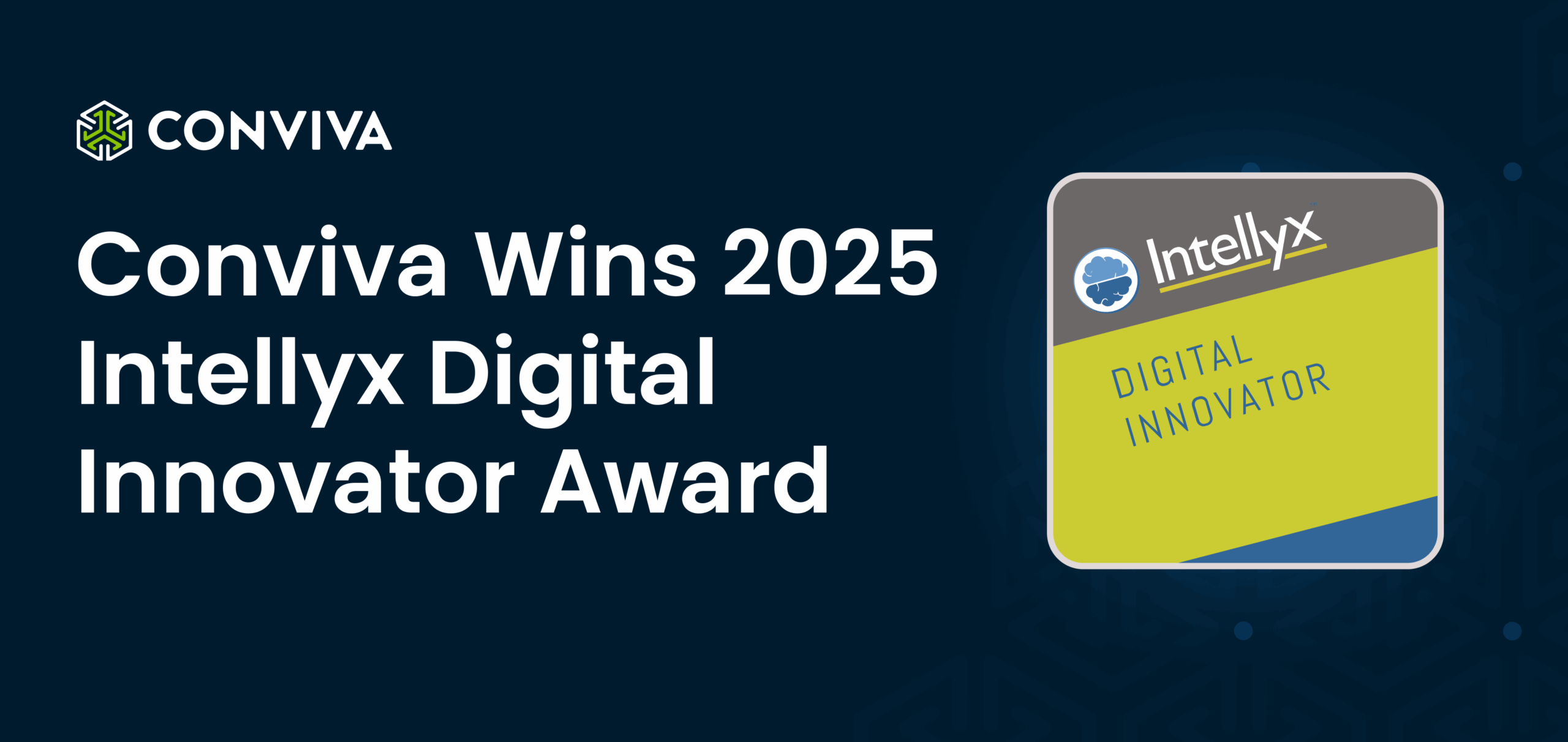
Conviva, the leader in real-time performance analytics, today announced it has been named recipient of the 2025 Intellyx Digital Innovator Award.

Discover how a single atomic counter caused a major slowdown in Conviva's high-scale streaming analytics platform. This post unpacks the concurrency pitfalls behind a mysterious latency spike and offers lessons for Rust developers working with DAGs, actor models, and shared state.
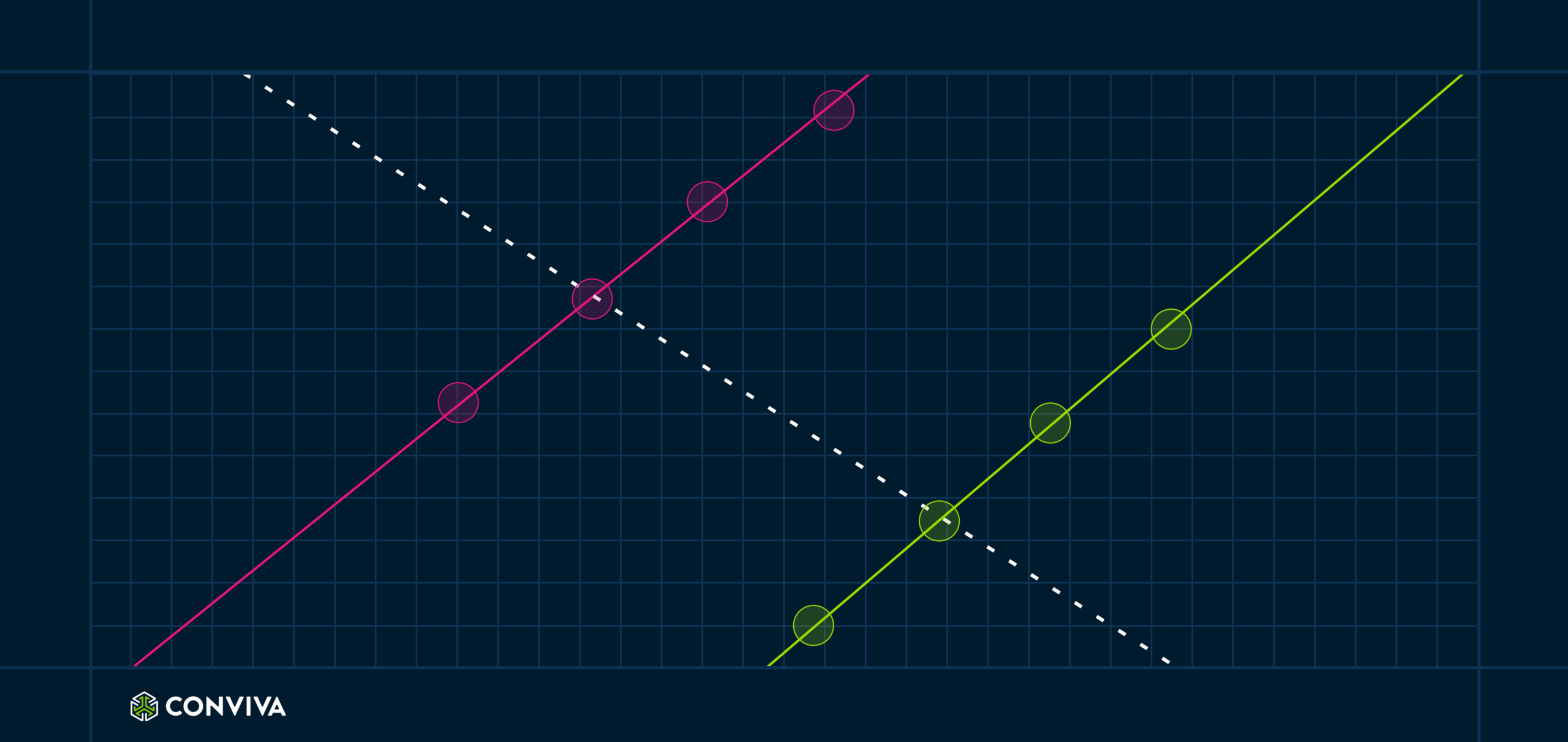
Discover how automated high-cardinality cohort analytics can prevent misleading product insights, avoid Simpson’s paradox, and drive smarter decisions with Conviva’s next-gen Operational Data Platform.
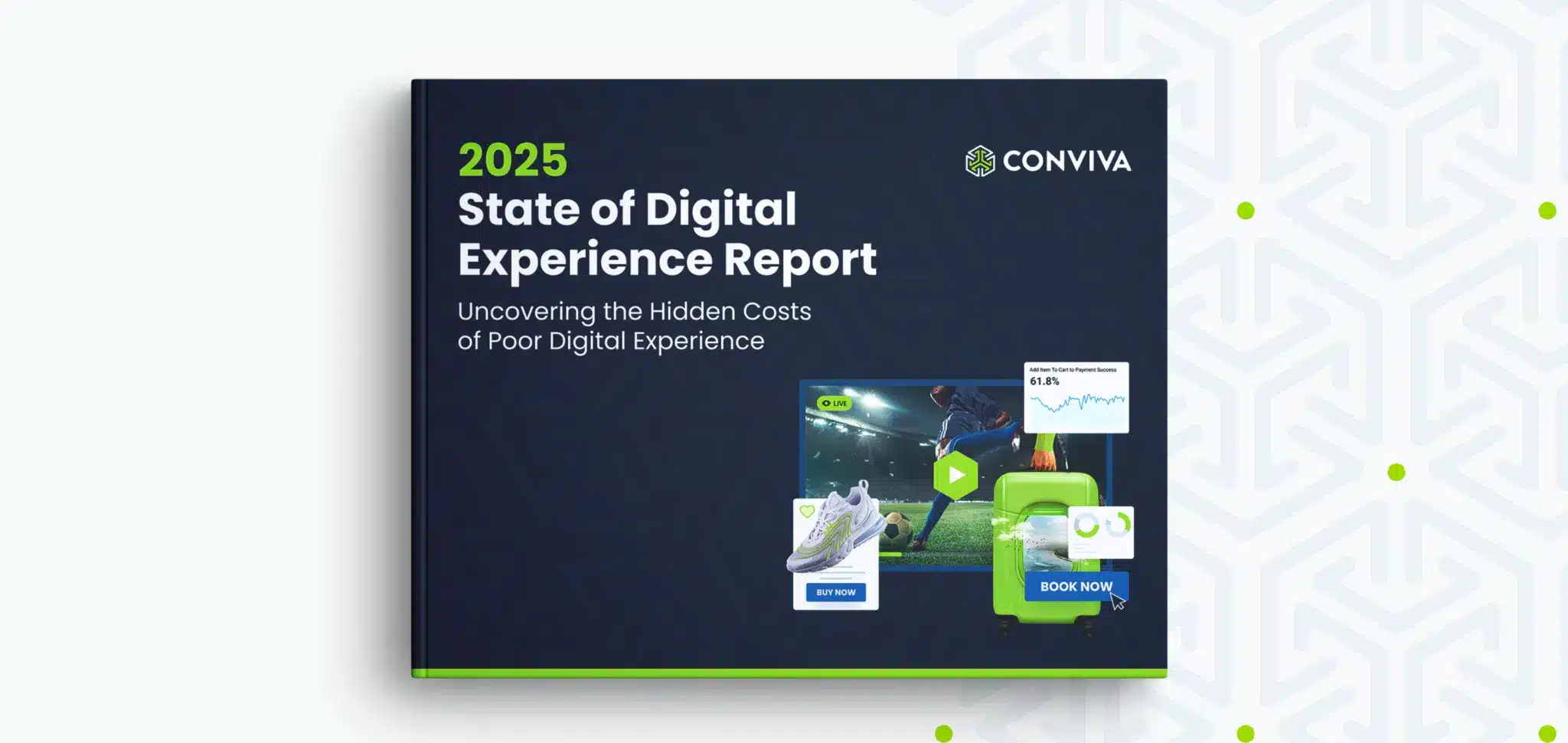
Discover how poor digital experiences are driving 91% of consumers to frustration, causing 55% to abandon purchases and 50% to switch competitors. Learn the hidden costs of digital friction and proven strategies to deliver for your customers.
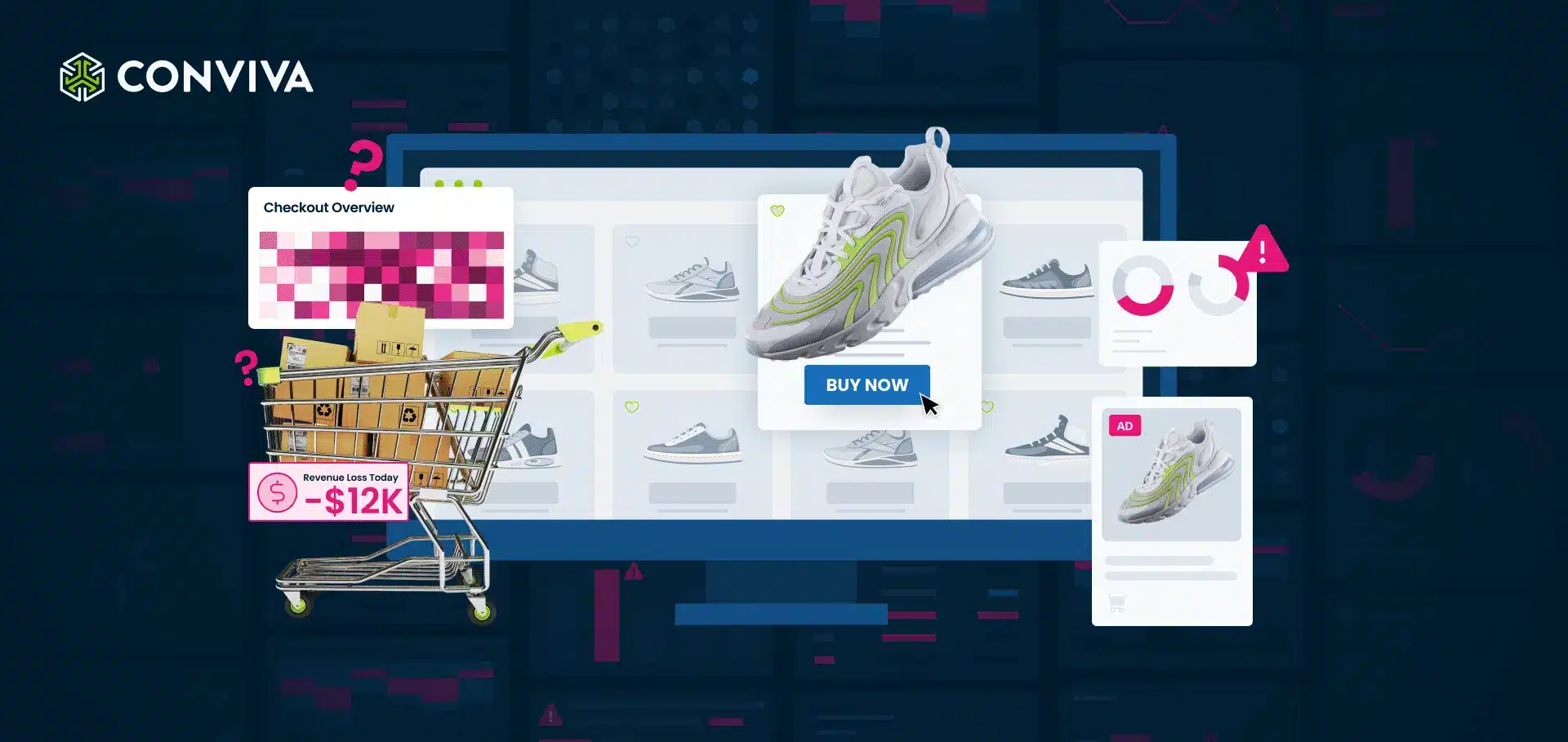
In this webinar, we explore what the 2025 State of Digital Experience Report reveals about why product analytics and observability tools are falling short—and how leading brands are analyzing performance to win.

When your north star business metric — whether it’s conversions, engagement, bookings, or another KPI — declines, do you immediately know why? How long does it take to get answers? How many people need to be involved? And how often do you never actually pinpoint the cause? On the flip side, you want to increase conversions. Do you know what levers to pull or are you always guessing?

Conviva’s 2025 State of Digital Experience Report Reveals Widespread Issues Impacting Consumer Satisfaction and Business Performance FOSTER CITY, Calif., May 14, 2025—Conviva, the leader in real-time performance analytics, today announced the results of its global research, the 2025 State of Digital Experience Report. In today’s attention economy, delivering exceptional digital experiences has become a make-or-break-differentiatorRead more »

Download the full report to understand where brands are falling short—and what it takes to win in 2025.